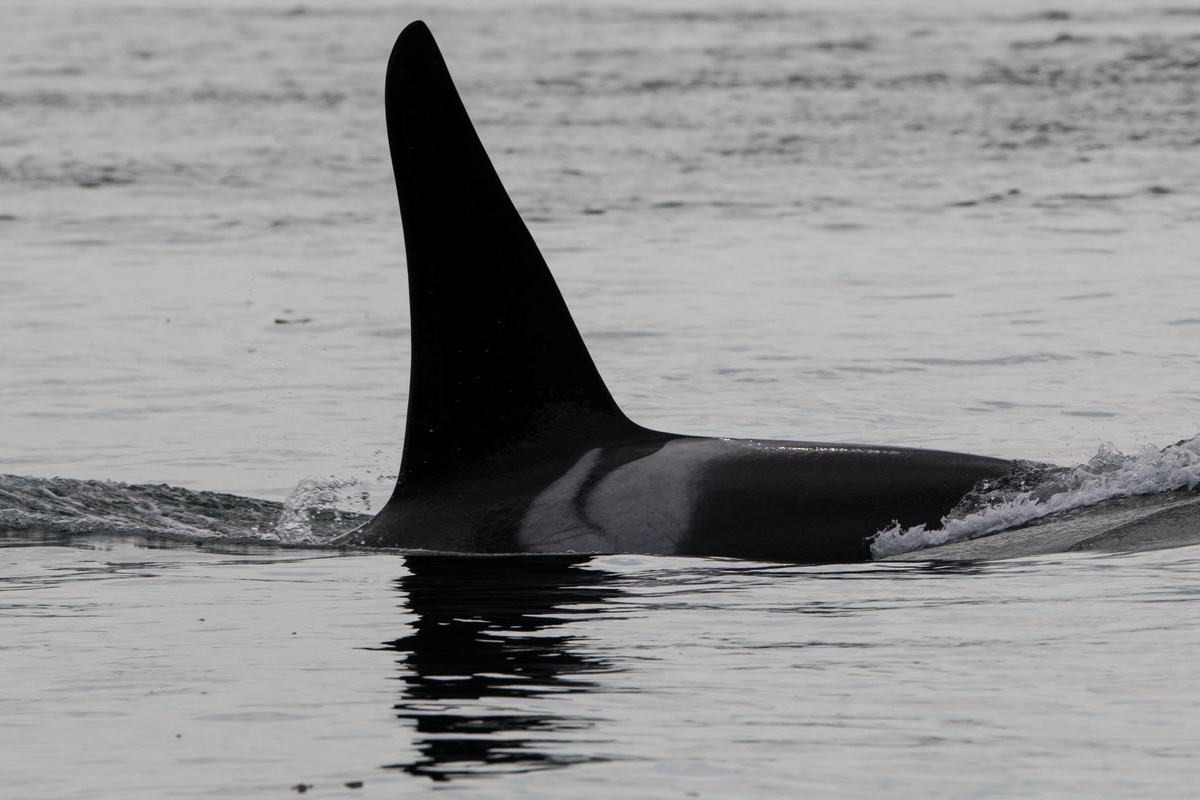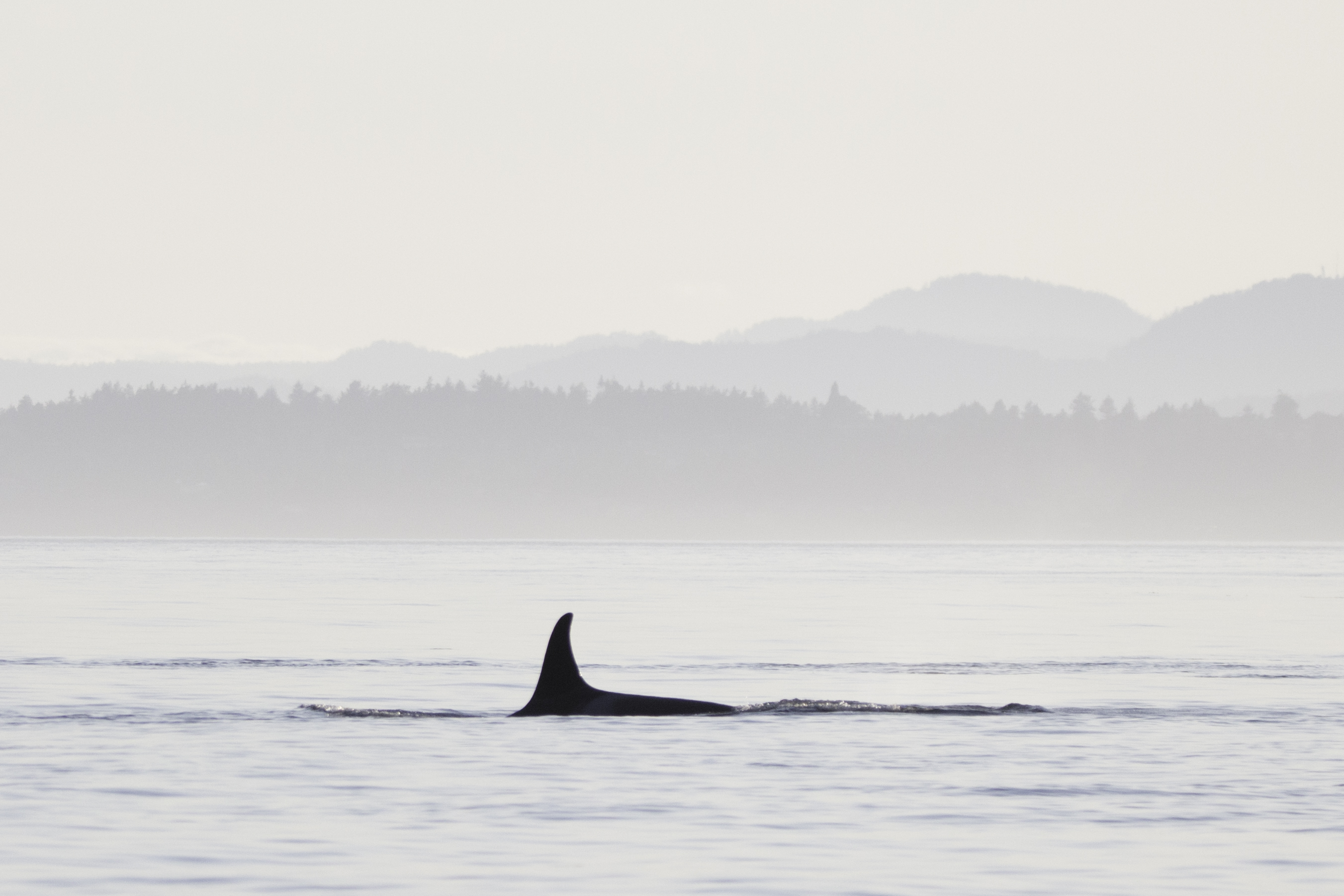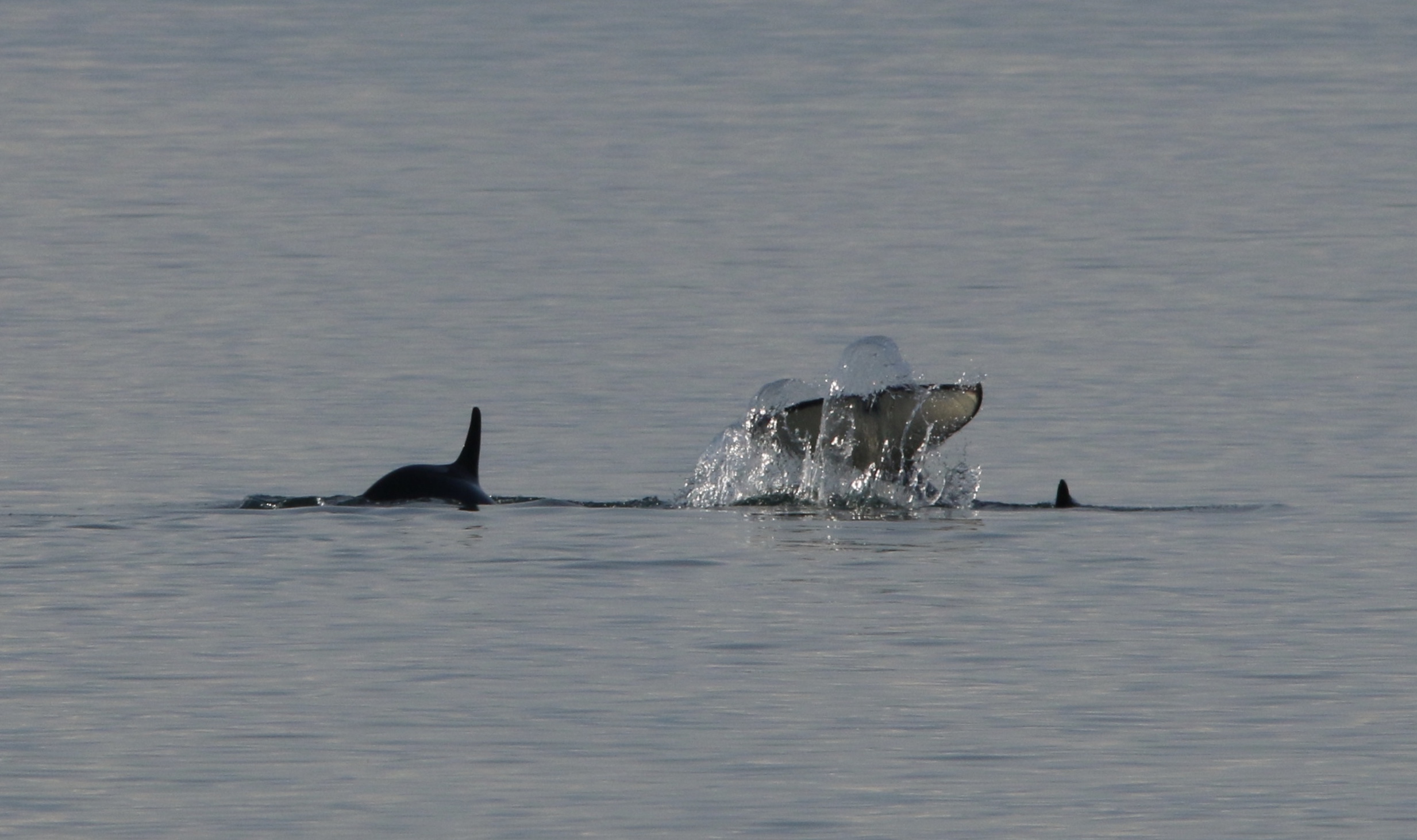8 tips for land-based whale watching
Washington has some of the best land-based whale watching opportunities in the United States. Celebrating International Whale Day on Feb. 18 we are sharing with a few tips on best practices for land-based whale watching.
In Washington, we are lucky to have some of the best land-based whale watching opportunities in the country! Since Feb. 18 is International Whale Day, we wanted to celebrate with a few tips on how to view whales from land.
Watching whales from the shore can be a more accessible and more affordable option for folks wanting to connect with the wonderful world of cetaceans in the Pacific Northwest. It can also be a fantastic option for those who suffer from sea sickness. You even have a chance of seeing whales much closer from land than on a boat (Local and federal rules limit how close boats can approach whales). Whether it's the first time or 100th time you’ve seen whales, having the opportunity to see them from land can be an unparalleled experience.
 Orca's dorsal fins and saddle patches (the light grey are below the dorsal fin) are like fingerprints. Scientists and whale enthusiasts use these to identify individuals. Here is J27, Blackberry, a member of the endangered southern resident orcas. Photo by Victoria Obermeyer.
Orca's dorsal fins and saddle patches (the light grey are below the dorsal fin) are like fingerprints. Scientists and whale enthusiasts use these to identify individuals. Here is J27, Blackberry, a member of the endangered southern resident orcas. Photo by Victoria Obermeyer.
Here are eight tips to keep in mind before you head out:
- Get ready to wait. One thing about whales is they’re never on time! Or they’re right on time, depending on how you see it. If you’re lucky enough to see them pass by, we guarantee it will be worth the wait.
- Be prepared for all weather. Sun exposure and wind can be extra intense by the water. Be sure to pack extra layers and sun protection. A rain jacket, wool or polyester layers, sunscreen, sunglasses, and a hat (for sun, warmth or both) are great essentials to start with. Adding a camera, binoculars or species identification books can be helpful, fun additions but are not necessary.
- Get comfortable. Since you may be doing some waiting, it can be nice to bring a chair or sit pad along. Snacks, water and warm beverages are also a great add on.

It doesn’t get much better than whales and mountains! One of the best PNW duos. Photo by Victoria Obermeyer
- Stay up to date on where whales might be. Check out local groups like Orca Network to get live updates. This can also help you learn to identify what species or individuals you may be seeing.
- Where to go. Being close to shore and being at a higher vantage point both have their benefits. From a higher point, you can get a wider perspective of the water and seeing more means your chances of spotting a whale increases greatly. However, it may be harder to see whales from shore, but when they pass close by, it can be an incredible, once-in-a-lifetime experience.
- Take time to enjoy where you are without the expectation of seeing whales. There are so many beautiful places to view whales and, whether or not you see them, it’s always great to get outside. Use your time outside as an opportunity to look for the other incredible wildlife we have in Washington such as eagles, sea birds, seals, sea lions and otters. Depending on your location, you may even be able to enjoy some tidepooling.
- Careful where you step. As always you’ll want to make sure you practice Leave No Trace. In particular, be mindful of where you walk when near delicate tidepools. Some shores can also be quite slippery or steep so please tread cautiously.
- Listen to whales. Are you out of state or maybe just don’t have time to chase whales? Use Orca Sounds network to listen for whales as they pass underwater hydrophones throughout the
 Tail slaps are a fun above surface activity to keep an eye out for when you're watching whales from shore. Photo by Victoria Obermeyer
Tail slaps are a fun above surface activity to keep an eye out for when you're watching whales from shore. Photo by Victoria Obermeyer


Comments